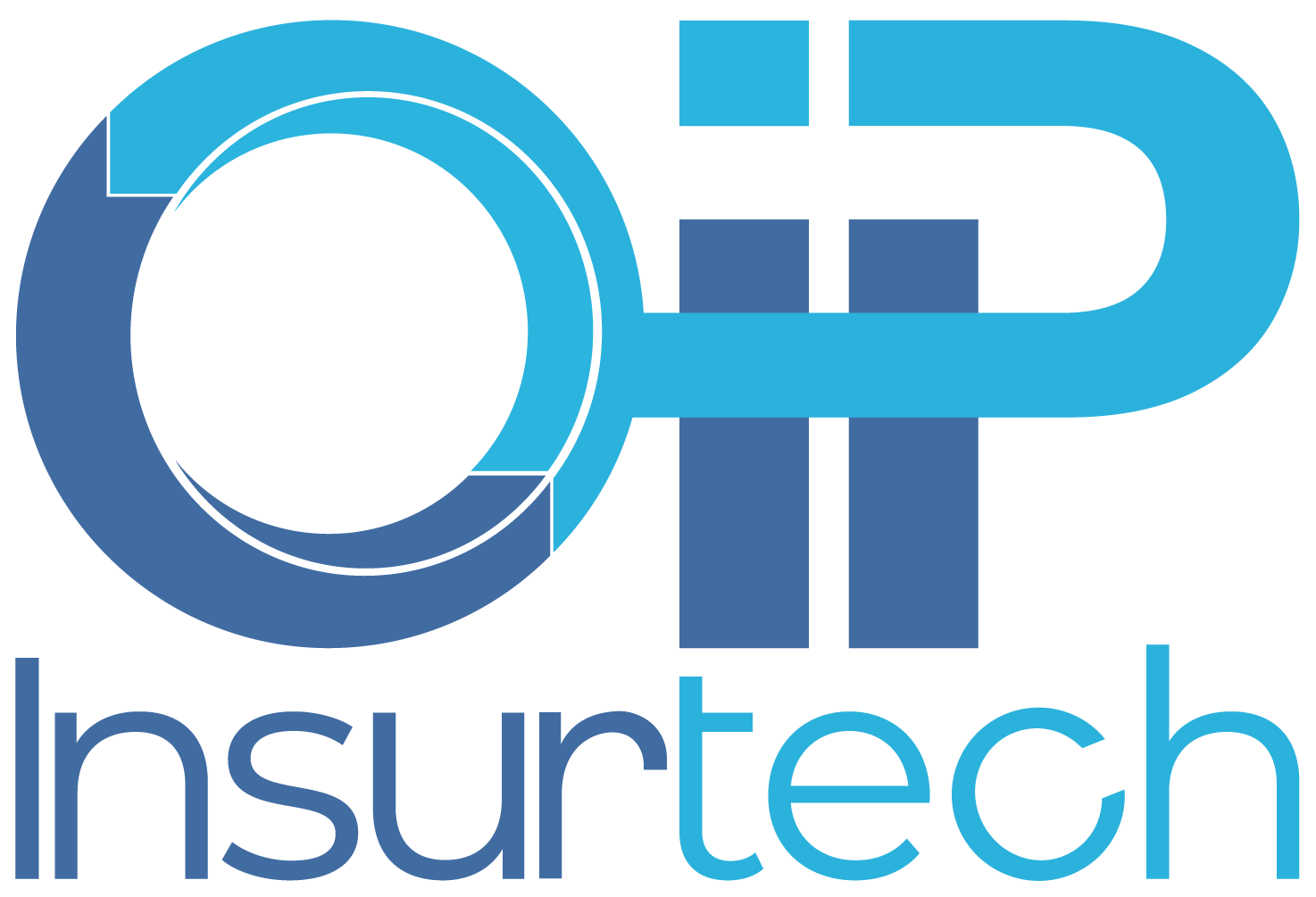Chaos to Clarity: How the Right Process Framework Can Save Thousands of Hours
Inside the hidden cost of disorganized operations and how insurers are winning back time, trust, and control.
Every insurer says they want efficiency. But the ones who actually achieve it? They start with structure.
Without a defined process framework, even the most talented teams fall into chaos.
Work gets duplicated. Projects stall in endless loops. Everyone assumes someone else is handling it.
This kind of dysfunction doesn’t make headlines but it quietly eats away at productivity, morale, and profitability.
The good news? You don’t need a sweeping transformation to turn things around. Just one thing: intentional operations.
This article explains how insurers reclaim thousands of hours not through more tools or hires but by working one way – on purpose.
When Process Framework Chaos Becomes the Norm
Most insurers didn’t choose chaos. It crept in – one urgent request, one workaround, one handoff at a time.
Over the years, legacy operations evolved without a blueprint. Teams started building habits instead of systems. What began as “just get it done” slowly turned into the default.
There’s rarely a breaking point. Just a quiet accumulation of inefficiencies.
Slightly different ways of handling the same task. A missing SOP no one got around to writing. A spreadsheet buried in someone’s desktop folder.
Eventually, you get a system that runs but only because a few key people remember how it works.
The real danger? Most insurers don’t realize how disorganized they’ve become until something breaks.
A renewal gets mishandled. A client walks. A new hire takes six months to onboard.
By then, the cost of chaos is no longer hidden.

Hundreds of Hours Lost…Quietly
Disorganized operations don’t always create disasters. They just quietly steal time – every single day.
We’ve seen mid-sized insurers lose 300+ hours on a single project simply due to poor coordination.
No one knew who owned what. Teams redid each other’s work. Meetings multiplied. Progress stalled.
This isn’t rare. It’s routine – rekeying data between systems, following up (again) for missing info, or holding repeated alignment meetings that go nowhere.
There’s no line item for “lost hours due to unclear workflow.” But it shows up in every missed deadline, every delayed quote, every project that drags on for months.
Without a process framework, even simple tasks become time traps, and no one notices until the costs are stacked too high to ignore.
The Culture Cost of Broken Workflows
Operational chaos doesn’t just slow things down. It erodes trust.
When workflows aren’t clear, teams start working in isolation. People hoard information to protect themselves. Departments blame each other when things slip. You get a “castle mindset,” where everyone builds walls instead of bridges.
We’ve heard it before:
“Why didn’t underwriting flag this earlier?”
“Claims never looped us in.”
“No one told me that was my responsibility.”
This kind of friction isn’t about individual performance – it’s structural. When roles aren’t clearly defined and processes are ad hoc, even your best people start second-guessing, stalling, or stepping back.
And over time, confusion turns into disengagement.
Fixing workflows isn’t just about output. It’s how you rebuild a culture of clarity, ownership, and mutual respect.
Where the Fix Begins
You can’t outsource operational clarity. It has to come from within.
Consultants can point out problems, but only someone who truly understands the business – its customers, pressures, and pace – can lead the fix. That’s why successful process framework transformation always starts with internal leadership.
It’s not about launching a new system or bringing in a shiny tool. It’s about committing to consistency and getting everyone aligned before anything changes.
That alignment must include all the right voices: operations, underwriting, claims, compliance, and IT. If any of those groups are left out, the new process framework will be questioned, ignored, or quietly undone.
Process clarity isn’t a project. It’s a mindset shift. And it starts with a clear decision: We’re not doing things ten different ways anymore.
The Role of SOPs and Accountability
Whenever someone asks, “Who owns this?” or “How are we supposed to handle that?” – you’re losing time.
Strong standard operating procedures (SOPs) eliminate that ambiguity. They spell out exactly how tasks are done, who’s responsible, and what success looks like. That doesn’t just reduce errors. It builds momentum.
We’ve seen teams go from confusion to clarity with a single shared SOP. Suddenly, onboarding takes weeks instead of months. Handoffs happen without drama. And team members stop chasing answers and start owning outcomes.
SOPs also pave the way for automation. You can’t automate what you haven’t defined. But even before you bring in tech, SOPs improve coordination, reduce friction, and free up time for actual problem-solving.
Add in a skilled project manager who holds people accountable, and everything moves faster, smoother, and better.

Beyond Savings: What Clarity Unlocks
Process framework improvement often gets sold as a cost-saving move. And yes, clarity does save money, but the real payoff is what it makes possible.
When workflows are clean, quotes go out faster. Claims are processed with fewer handoffs. Customer experience improves, not because of a new platform, but because your team isn’t fighting internal bottlenecks.
New hires get up to speed quickly because roles are clear and playbooks are easy to follow. Teams stop stepping on each other’s toes. Data is captured the same way, every time, so you can actually trust it.
Clarity moves insurers from reactive to proactive. Instead of always fixing problems, your team starts spotting and solving them ahead of time.
This isn’t about becoming rigid. It’s about being ready for growth, automation, and whatever comes next.
How InsurOPS 360° Turns Chaos into Clarity
At OIP Insurtech, we built InsurOPS 360° to help insurers clean up operations before they automate. Because chaos cannot be fixed with code.
It starts with our Process Improvement Department (PID), a team dedicated to mapping your current workflows in detail. Not from a theoretical lens but grounded in how your people actually work day to day.
From there, we define and document clear SOPs, eliminate redundant steps, and create policy operating standards that ensure consistency across teams and processes.
Only once that foundation is in place do we introduce Bound AI, our automation platform. It plugs into your newly optimized processes, not the mess that came before, so it works right from day one.
And we don’t disappear after go-live. Our team stays engaged to track results, refine workflows, and ensure lasting impact.
Clarity isn’t a buzzword. It’s a measurable outcome and a competitive edge.
Final Verdict: Structure Isn’t Bureaucracy – It’s Strategy
In insurance, structure often gets mistaken for red tape. But the opposite is true.
When your processes are clear, your team moves faster, not slower. Decisions happen without backtracking. Projects don’t stall. People know exactly what they’re responsible for, and they deliver.
Without that clarity, every improvement is a gamble. Every result is a one-off. And every day, you lose hours to the same problems in slightly different forms.
If your team is busy but nothing’s improving, it’s not about effort. It’s about the system.
Let’s map your workflows and recover the time you’re losing today.
